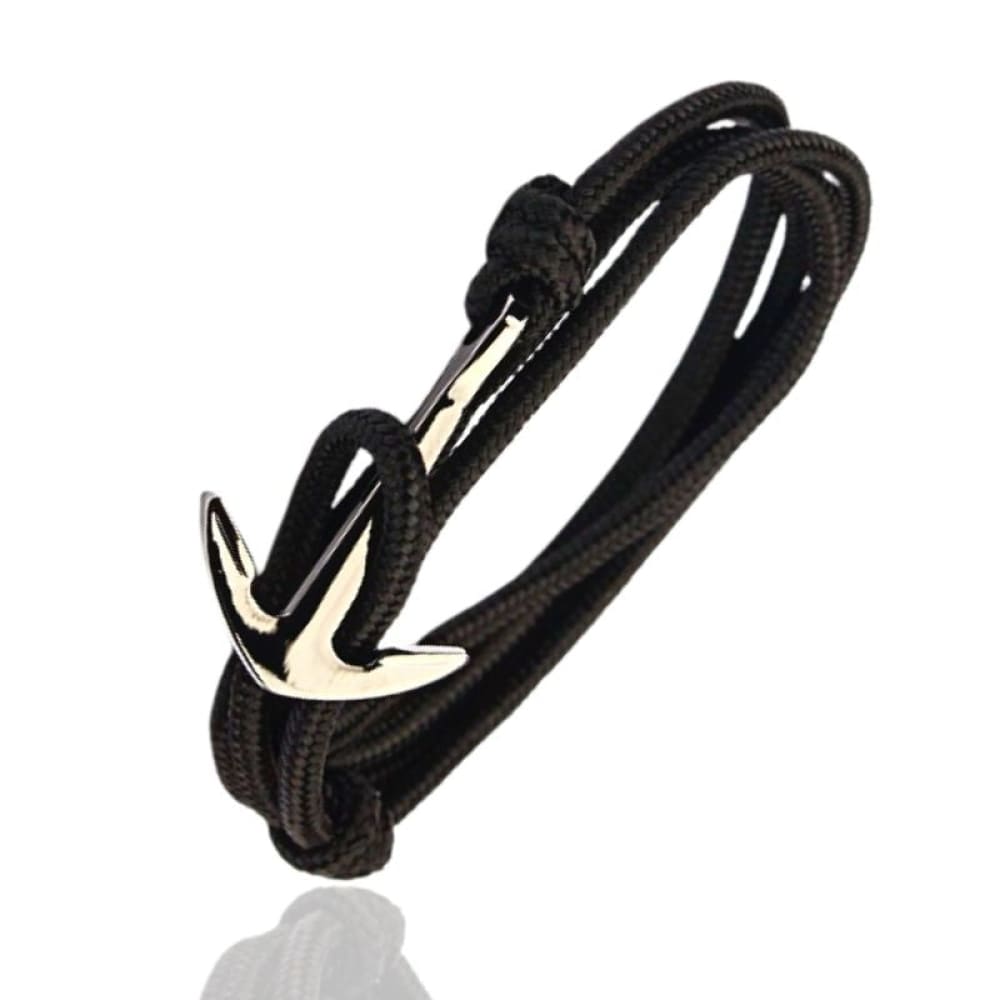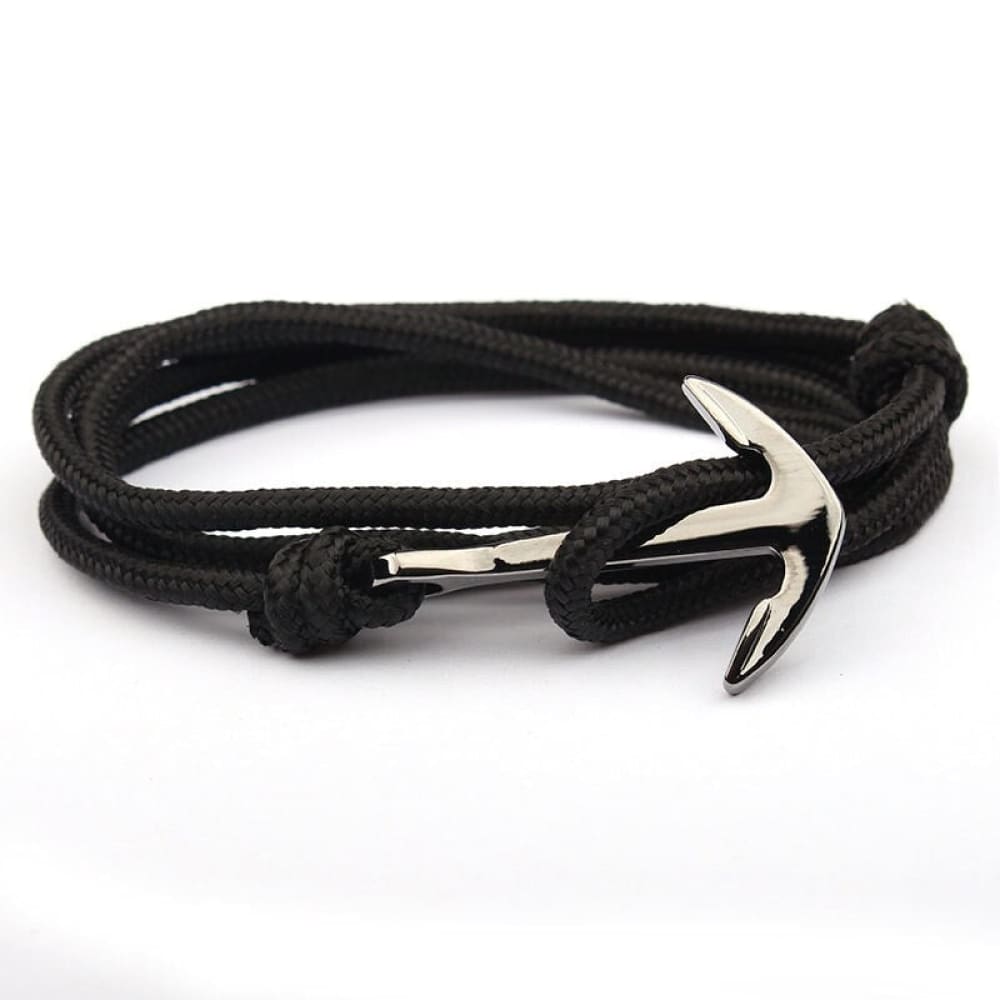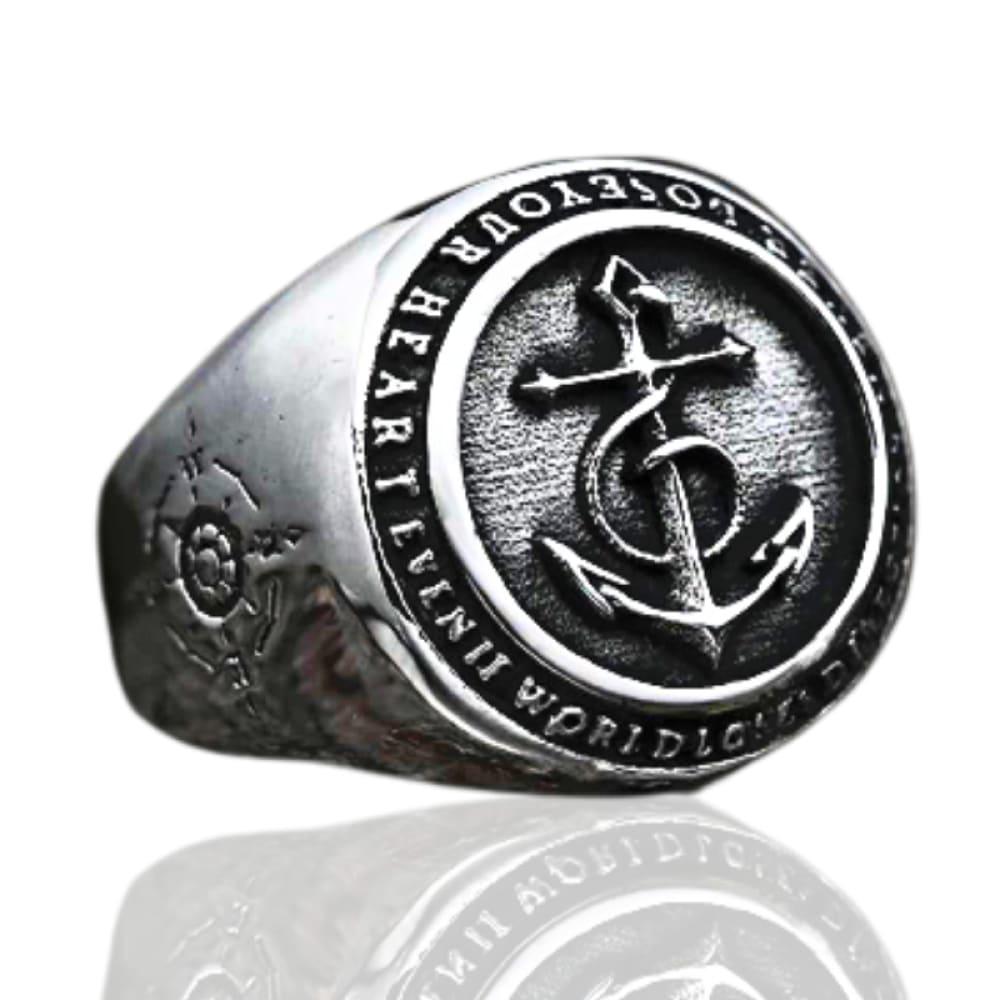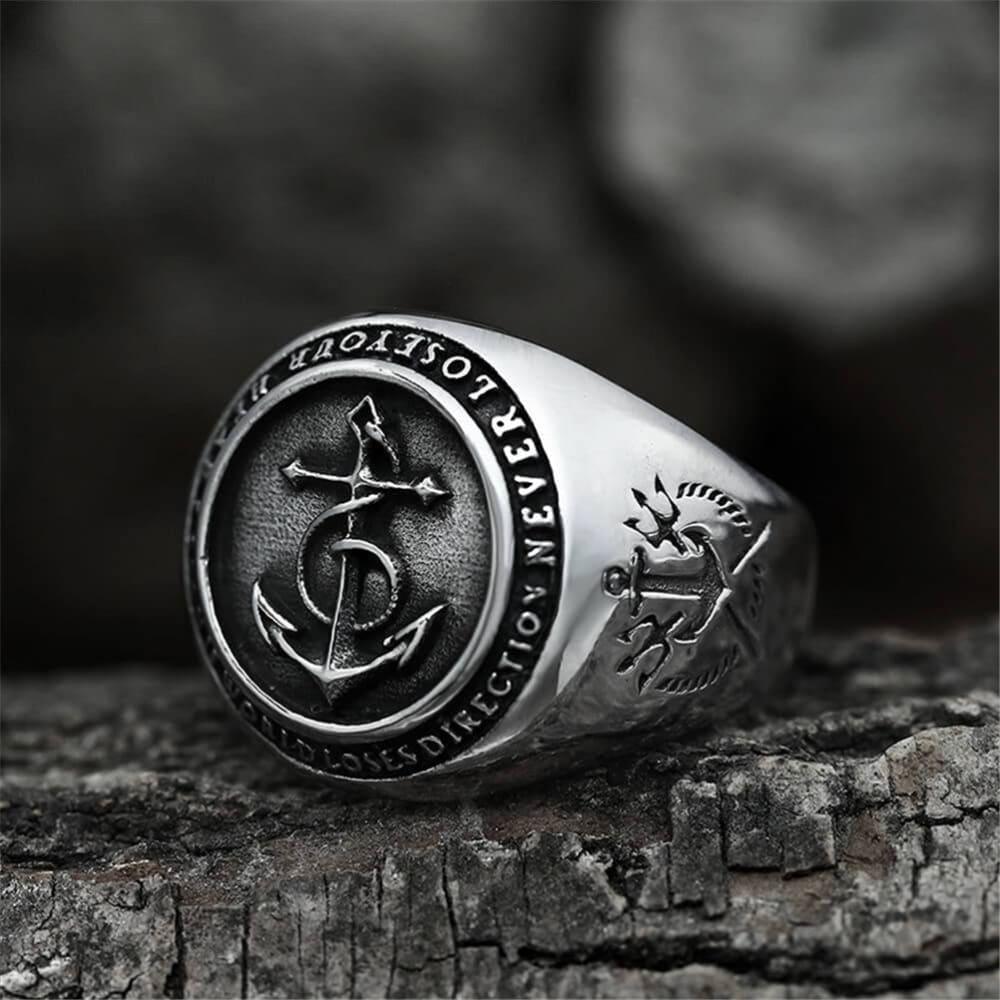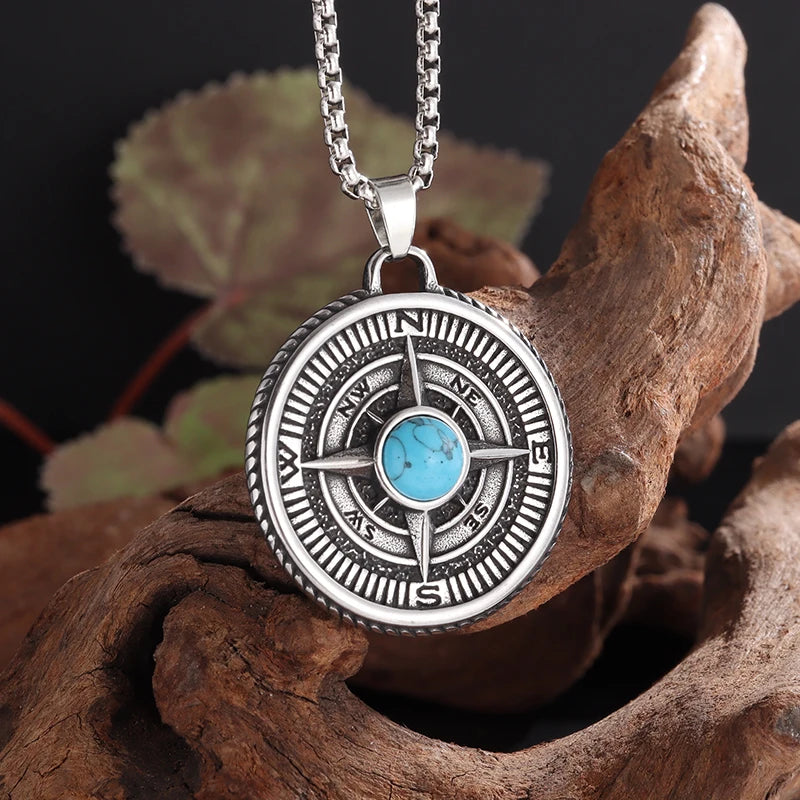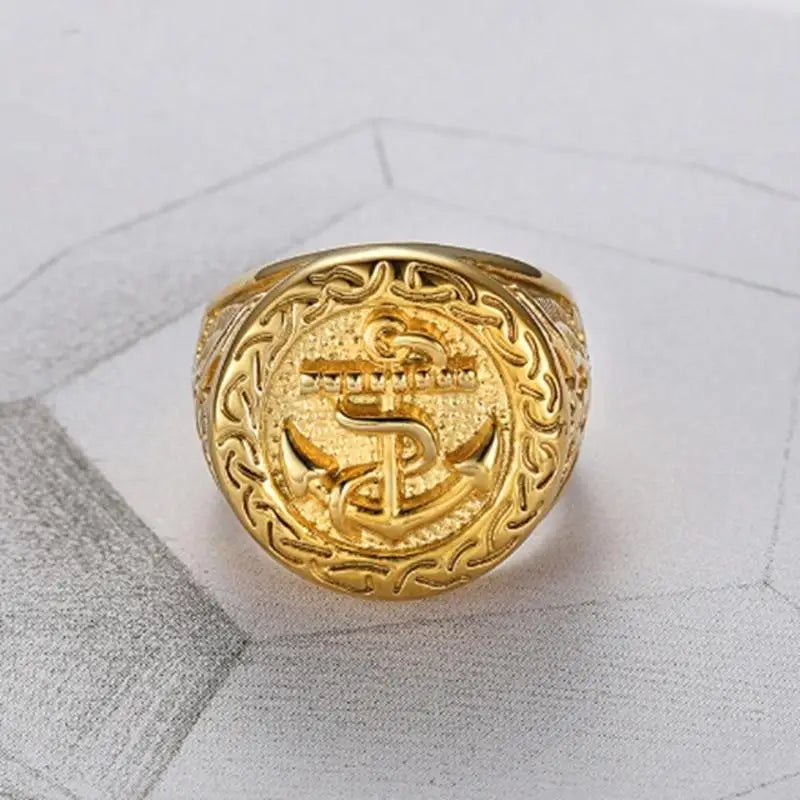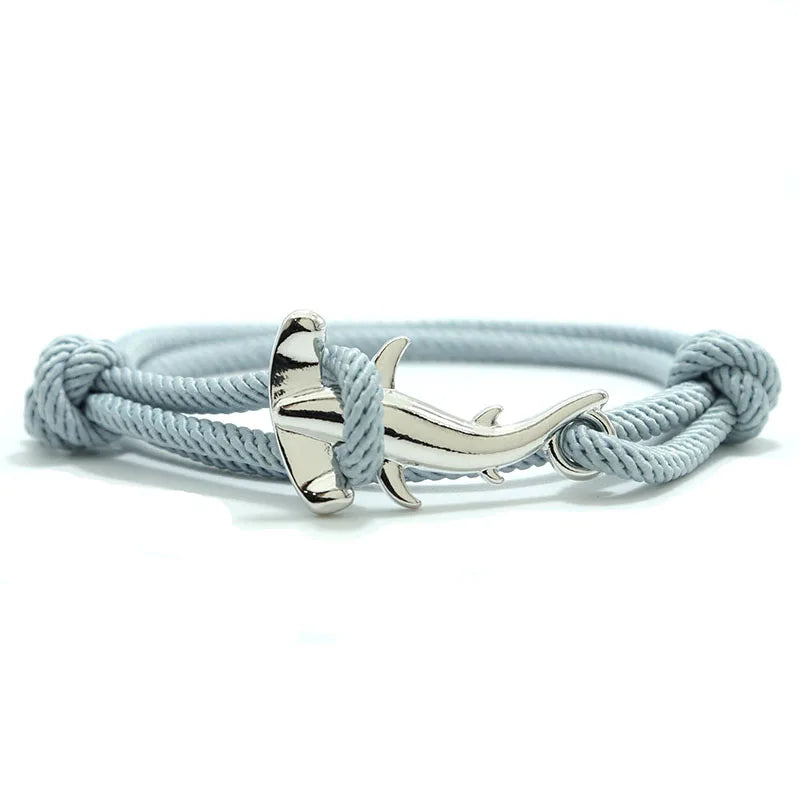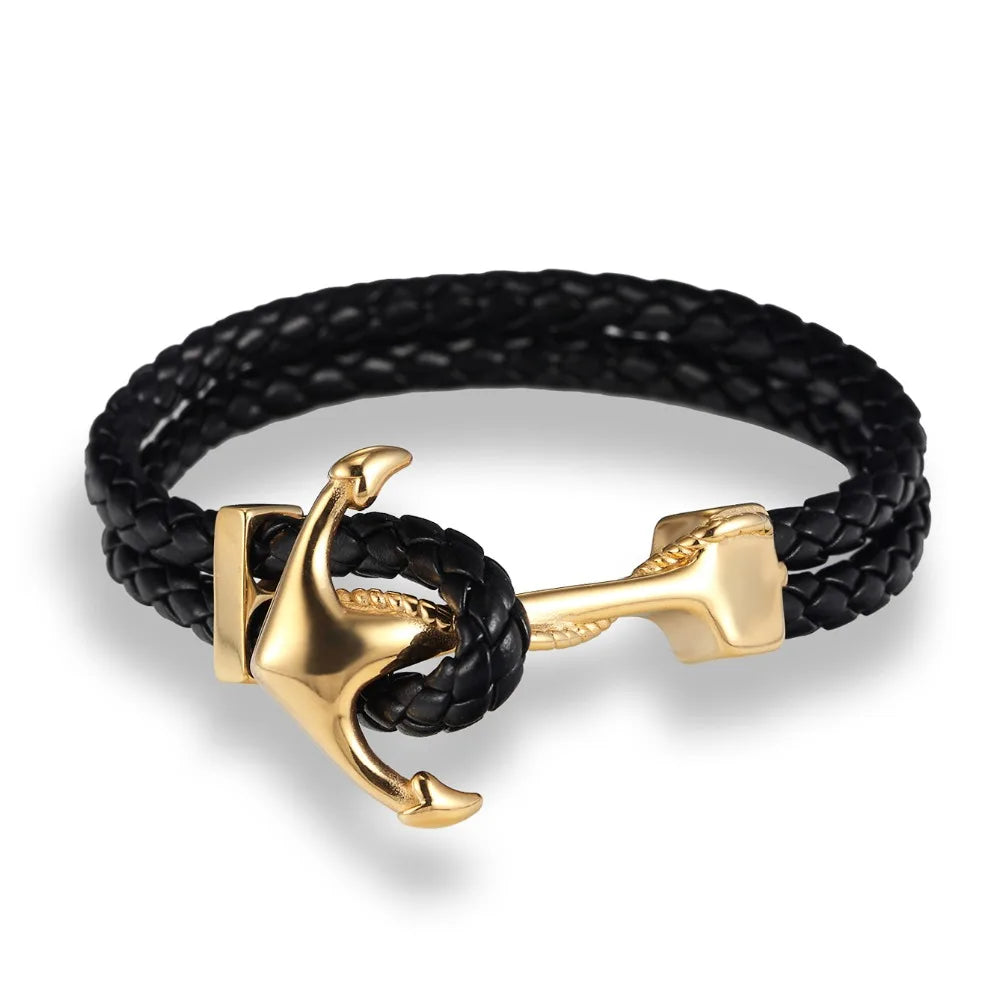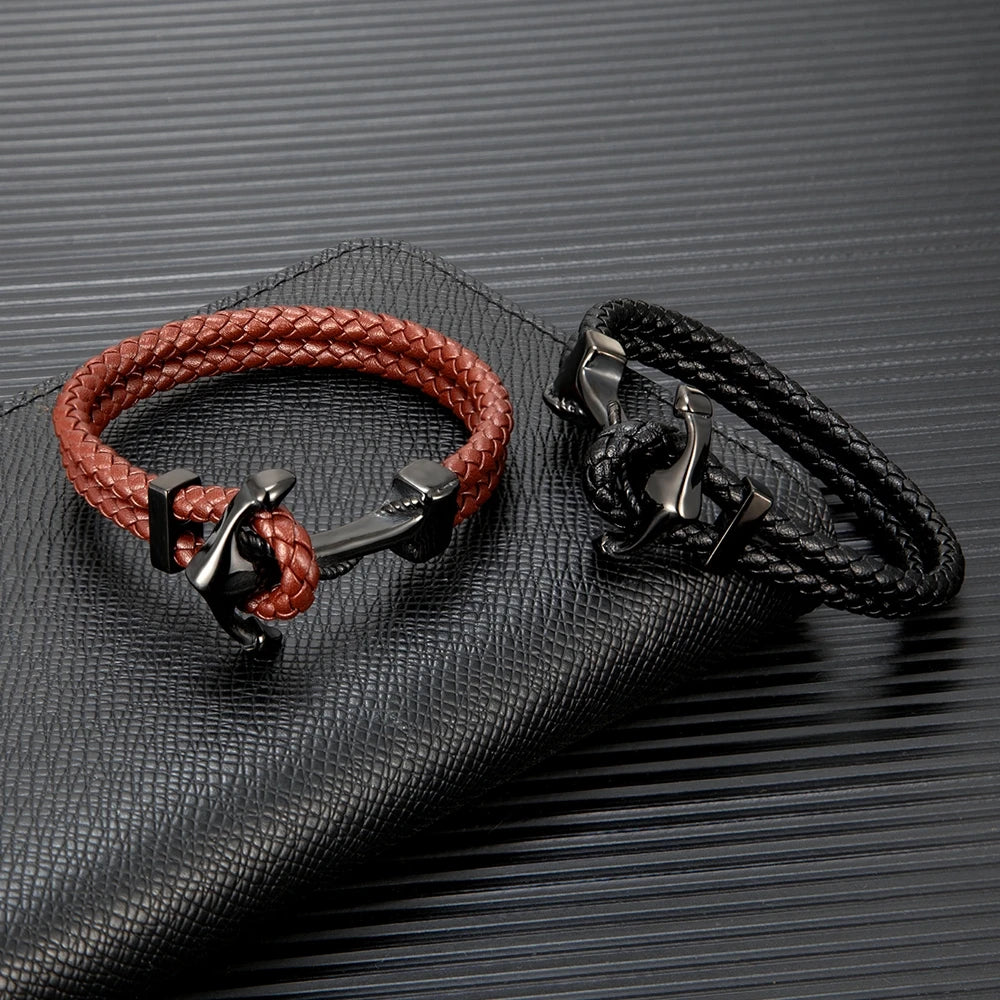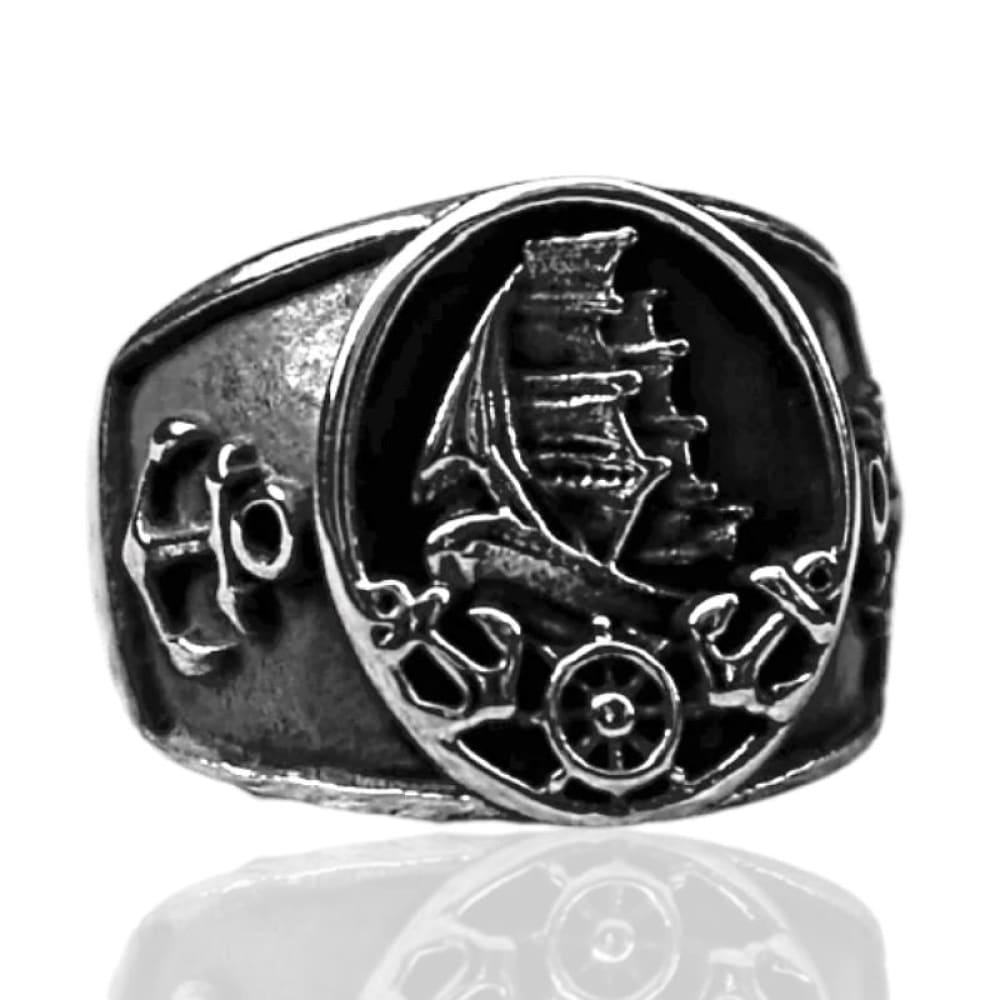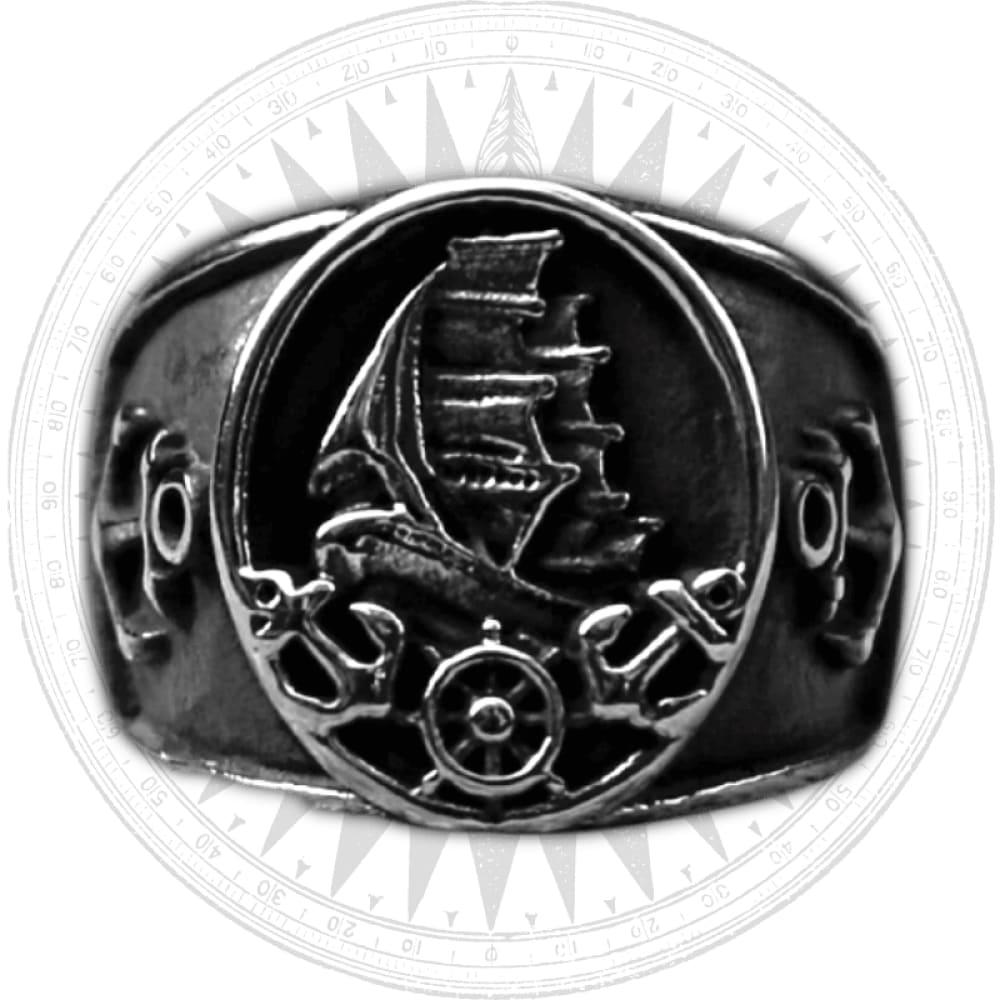What does knock down mean in sailing?
What Does Knock Down Mean in Sailing?
Sailing Terminology: Knock Down
In the world of sailing, the term "knock down" refers to a situation when a sailboat is hit by a strong gust of wind and is forced to lean over to one side, sometimes to the point of capsizing. This can happen unexpectedly and poses a significant risk to both the crew and the boat itself. A knock down can occur due to various factors such as sudden changes in wind direction and speed, rough sea conditions, or improper handling of the sails.
When a sailboat experiences a knock down, the mast and rigging are prone to extreme stress and can sometimes snap or break. Crew members may also be thrown off balance or even fall overboard if not properly secured. It is essential for sailors to be prepared for knock downs and to react quickly and appropriately to minimize damage and ensure the safety of the crew.
Causes of Knock Downs
Knock downs can happen for several reasons, and understanding these causes can help sailors anticipate and prevent them. Changes in wind direction, known as wind shifts, can catch sailors off guard and suddenly push the boat off balance. Strong and gusty winds can also exacerbate the risk of knock downs, especially if the boat is overpowered with too much sail area or if the sails are not properly trimmed.
Rough sea conditions, such as large waves or swells, can make a sailboat more susceptible to knock downs. These conditions can cause the boat to pitch and roll, putting additional strain on the mast and rigging. Lastly, improper sail handling techniques or mistakes in maneuvering can also lead to knock downs. Failing to reef sails in timely manner or abruptly changing course without adjusting sail trim can increase the likelihood of a knock down.
Being aware of these causes and taking appropriate precautions can help sailors avoid or minimize the risk of knock downs while out on the water.
Safety Measures during a Knock Down
If a knock down does occur, it is crucial for sailors to act swiftly and implement proper safety measures. The primary concern is to prevent crew members from falling overboard or getting injured. Crew members should be wearing life jackets and be securely tethered to the boat with safety harnesses. Communication is key during a knock down, and the skipper or helmsman should issue clear instructions to the crew.
Once the crew is safely secured, efforts should be focused on righting the boat and bringing it back to an upright position. This may require concerted efforts from the entire crew, using techniques such as shifting weight, applying counterweight, and easing the sails. It is crucial to avoid panic and work together as a team to stabilize the boat.
After the boat is back upright, it is essential to assess the damage and check for any potential issues with the rigging or sails. Any necessary repairs or adjustments should be made before continuing the journey. It is also advisable to review the circumstances that led to the knock down and learn from them to prevent similar situations in the future.
Preventing Knock Downs
While knock downs can be unpredictable and challenging to prevent entirely, there are several steps sailors can take to minimize the risk.
First and foremost, sailors should closely monitor weather conditions and be prepared to adjust sail plans accordingly. Keeping an eye on weather forecasts and updates while out on the water can provide valuable information about potential changes in wind speed and direction. Sailors should always err on the side of caution and reduce sail area if there is a chance of strong winds.
Proper Sail Trim and Handling
Proper sail trim and handling are essential in maintaining control and stability. Sailors should regularly inspect and maintain their sails to ensure they are in good condition and free from any tears or damages. Correctly trimming the sails based on the wind direction and speed is crucial in preventing knock downs.
Handling the sails with care and avoiding sudden movements or adjustments can also help prevent knock downs. Instead of making abrupt course changes or significant sail adjustments, sailors should make gradual and controlled maneuvers to maintain stability and balance.
Furthermore, properly reefing the sails when necessary is crucial in preventing knock downs. Reefing involves reducing the sail area by partially lowering or rolling up the sails. This helps to decrease the overall heeling force on the boat and increase control in strong winds.
Crew Training and Communication
Proper crew training and effective communication are vital in preventing knock downs. All crew members should be knowledgeable about safety procedures and aware of the risks associated with knock downs. Regular drills and practice sessions can help familiarize the crew with proper safety measures and encourage quick and coordinated responses during emergencies.
Clear communication between the skipper or helmsman and the rest of the crew is crucial during sailing maneuvers and in response to changing weather conditions. Having a well-defined chain of command and using concise and standardized commands can help ensure smooth operations and minimize the risk of errors that could lead to knock downs.
By taking these preventive measures and prioritizing safety, sailors can minimize the risk of knock downs and enjoy a safer and more enjoyable sailing experience.
In Conclusion
Sailing knock downs can be dangerous situations that pose risks to both the crew and the boat. Understanding the causes of knock downs and implementing proper safety measures can help sailors prevent or minimize the risk of capsizing. Monitoring weather conditions, maintaining proper sail trim, and ensuring effective communication among the crew are essential aspects of preventing knock downs. By prioritizing safety and taking necessary precautions, sailors can have a more enjoyable and safer sailing experience.



